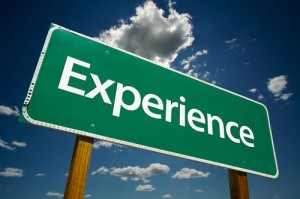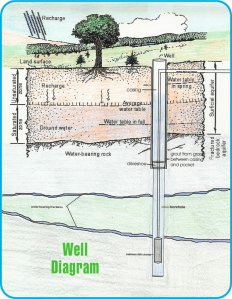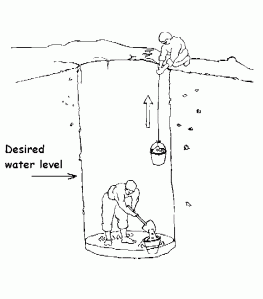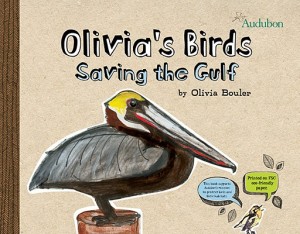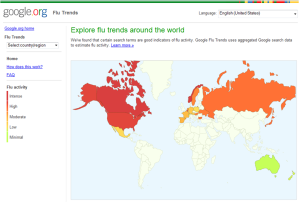Last week, in the first of a two-part series, I made four suggestions for aspiring CSR/sustainability professionals. Here’s part two, with strategies #5-8:
5. Quantify Your Impact
Yes, I’m talking to you. Do you think that just because you didn’t hold a job in a sales team, you don’t need to speak about your experience in quantitative terms? Think again.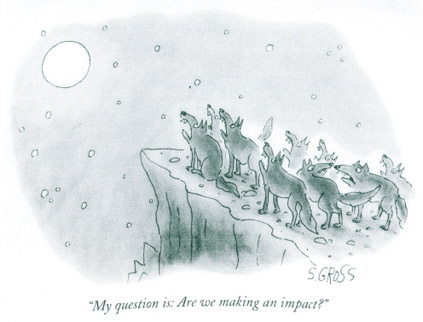
Did you implement a new technology solution in your department? If so, how many staff-hours per year did it save? When did you reach payback?
Were you a consultant? Were your recommendations implemented? If so, how much money did they save?
Do you want to work in a marketing or communications role? If so, start a blog, become active on Twitter, and then track your stats. You might never have led a marketing campaign in a corporate setting, but you are your own CMO. Highlight your page views, subscribers, and followers on your resume.
6. Get Experience
It’s not enough to be passionate about corporate sustainability. You need to be experienced. If you’re looking to work in sustainability at a Fortune 100 company and don’t have experience at a large company or in the sustainability field, you’re at a disadvantage. The good news is that there are ways to get the experience you’re lacking, even while you’re in school. Pursue research on sustainability topics that are important to your target companies and become a subject matter expert. Pitch companies on a CSR internship for course credit during the academic year.
Not sure how to get started? Always ask: “what challenges do you face in the next six months?” during your informational interviews. Then suggest a research project to help address one of those challenges.
7. Be Diligent
This cuts two ways. First, if you’re interested in a mostly off-campus job search with companies that don’t recruit at your school, don’t get too swept up in the frenzy of traditional consulting/banking/marketing/general management recruiting. Your classmates in these fields will likely be interviewing and getting job offers before you. Get over it.
Second, don’t let yourself off the hook by thinking that your off-campus search means you don’t need to start your job search until the spring. You should spend just as much time each week on your career search as your classmates do, even though your first few months will be mostly about networking rather than applying. Start your career search now and be persistent. You won’t have pre-set on-campus recruiting timelines to keep you on track, so you need to create your own urgency.
8. Say No To An Offer You Can Refuse
The economic outlook is uncertain. Student loans are looming. When you get your first job offer, you’ll be relieved. But relieved isn’t good enough. If you’re not also excited, then don’t say yes. Your first job out of business school should be a launching pad. Even if it’s not exactly your dream job, it needs to at the very least take you closer to where you want to be. If it’s not doing that, hold out. Your personal risk tolerance will hinge on a number of factors – your financial situation, your family obligations, how long you have until (or since) graduation, etc. But if you’re not thrilled about your offer and if you can afford to, say no.
This is what worked for me. What worked for you? What would you do differently (or again)?

